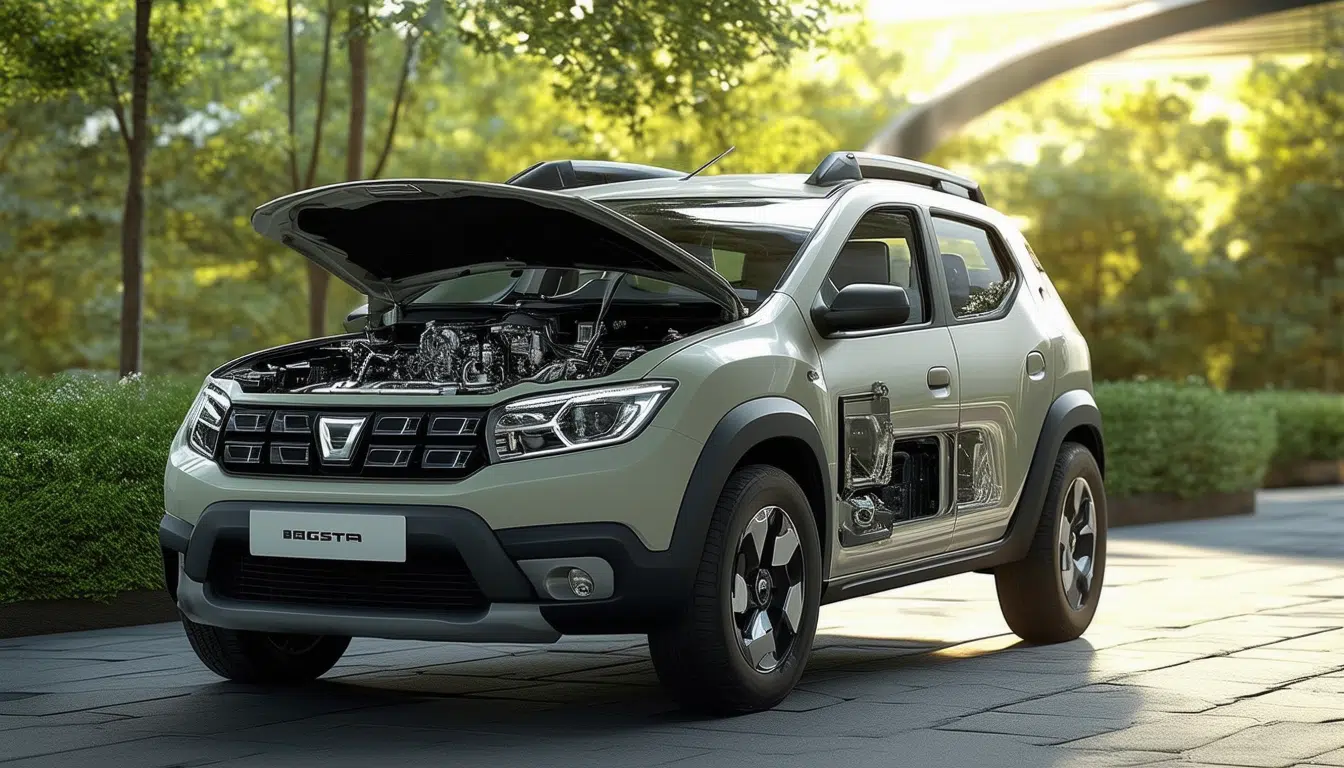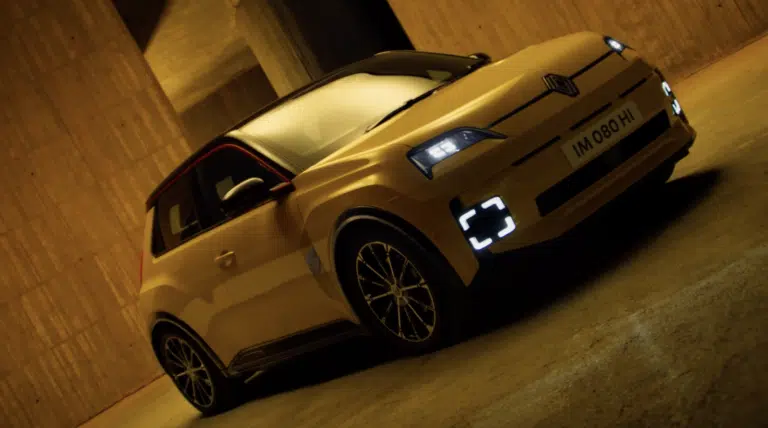The revolutionary engine of Dacia in the Bigster: a heavy blow to the diesel era

The launch of the new Dacia engine in the Bigster has marked a turning point in the automotive sector, standing out as a revolutionary advance that challenges the hegemony of the diesel car. By combining bifuel technology and electrification, this new generation of engines redefines the standards of efficiency and sustainability in the industry. With the Bigster model, Dacia presents an innovative SUV that does away with diesel but offers a variety of engine options, including a 1.2-liter TCe gasoline engine with 140 HP. This engine not only symbolizes technical evolution but also promises to significantly influence the future direction of automotive design.
The new Dacia engine that has debuted in the Bigster represents a significant evolution in the automotive industry, combining bifuel technology with electrification to challenge the dominance of diesel. This advanced engine, which is central to the design of the Dacia Bigster 2025, stands out for its innovative features, superior efficiency, and a sustainable approach that questions the continued viability of diesel in the market. This article explores the specifications of the Bigster, its impact on the industry, and what this means for the future of transportation.
Features of the Dacia Bigster 2025
The Dacia Bigster 2025 represents a radical change for the Romanian brand, bringing with it a distinct design and innovative features that mark a before and after in its range of vehicles. The Bigster, with its impressive 4.57 meters in length, is the largest vehicle Dacia has produced to date, with a design that is configured to appeal to both families and urban adventurers.
This new model not only surprises with its dimensions but also with the space and versatility it offers. With the option to purchase the SUV in configurations of 5 or 7 seats, anti-DGT technology, and ample trunk space, the Bigster promises to be an ideal choice for those looking for space without sacrificing elegance.
The ECO-G 140 Engine: Innovation and Efficiency
The Dacia Bigster introduces to the market the revolutionary ECO-G 140 engine, which combines a 1.2-liter TCe gasoline engine with 140 HP, a three-cylinder unit that takes efficiency to new levels. This engine integrates a 48-volt battery system, allowing for the use of both gasoline and LPG (Liquefied Petroleum Gas).
With this bifuel technology, the Bigster not only offers performance but also a noticeable reduction in carbon emissions, directly addressing the environmental concerns that dominate the automotive debate today. The elimination of diesel from the Bigster’s engine lineup is not accidental: it is a bold declaration of intent toward a more sustainable future.
Impact on the Automotive Industry
The introduction of the Dacia Bigster and its innovative engine marks a significant milestone in the automotive sector. Its advanced technology directly challenges the hegemony of diesel, suggesting that traditional combustion engines are becoming obsolete in the face of environmental pressure and increasingly strict regulations.
In this context, Renault’s effort to transform its designs and offer an innovative hybrid vehicle not only excites consumers but also the industry as a whole. This step forward in electrification is an example of the commitment to the future of combustion engines and is likely to become a trend in the production lines of other manufacturers. More details about this approach can be found in the official press release from Renault.
A Glimpse into the Future of Transportation
The launch of the Dacia Bigster not only redefines the potential of hybrid and bifuel engines but also inevitably reignites the debate about the future of transportation. Is this technology truly the necessary bridge to fully electric mobility? Or will it remain rooted in a dual market balancing internal combustion with electrification?
What is undeniable is that the Dacia engine in the Bigster offers a fresh and provocative perspective on how mobility should evolve in the near future. It is a hard blow to the diesel era, a signal that change is not only inevitable but necessary to meet the challenge of a more sustainable planet.
The Profound Impact of the New Engine on the Automotive Industry
The launch of the new Dacia engine in the Bigster represents a watershed moment in the automotive industry. At a time when sustainability is key, Dacia has opted to forgo diesel engines and invest in a unique combination of bifuel technology and electrification. This approach not only marks a break with the past but also sets a new standard in efficiency and performance, positioning the brand as a pioneer in greener solutions.
Adopting a 1.2-liter TCe gasoline engine with 140 HP alongside the innovative ECO-G 140 system reflects a sharp understanding of market trends. These three-cylinder engines not only provide robust performance but also allow for flexible fuel use thanks to the integration of LPG, minimizing dependency on more polluting fossil fuels. This aspect reinforces Dacia’s position as an environmentally responsible brand while offering varied options for consumers.
The length of 4.57 meters of the Bigster and its configurations of 5 or 7 seats also highlight its versatility as an ideal family SUV for long journeys. Furthermore, the ample trunk space and advanced technologies included, such as the anti-DGT system, make the Bigster an attractive model for those seeking innovation and comfort in a single package.
Dacia’s movement towards cleaner and more efficient engines invites reflection on the future of transportation. Will this be the definitive solution to the environmental problems facing the automotive sector? While it is early to assert this, it is clear that diesel vehicles see their hegemony threatened. The Bigster appears not only as a viable option but as a banner of the necessary transformation for a greener future. Everything suggests that the industry will need to adapt or risk becoming obsolete. In conclusion, this revolutionary engine is more than an innovation; it is a clear warning that change is now an unavoidable reality.



